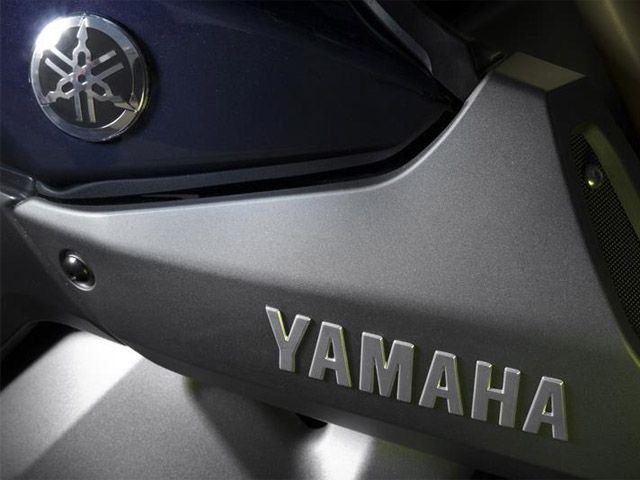As one of the biggest bike brands in the world, there’s a certain amount of pressure for Yamaha Motor Co->ke301. to continue improving its bottom line. The same can be said for a lot of brands, but more so for brands like Yamaha. That’s probably the reason why CEO Hiroyuki Yanagi is laying out the company’s mid-term plans and a big part of that objective is for the company to double the operating profit margin of its motorcycle business while also lowering production costs.
It’s a task far easier said than done, but if there’s a company that’s capable of doing it, the world’s second-largest motorcycle brand is right on top of that list.
According to Yunagi, the company will seek to improve the profit margin of its motorcycle business by 10 percent ending in 2018. In addition, the said business will end up owning close to half of the company’s operating income. Should Yamaha achieve that goal, it would improve its numbers by 26 percent compared to what they were in 2014. Not too bad.
A big part in achieving that goal is tied into the company’s production strategy. Yamaha already began a new plan to build more fuel-efficient models and use a shared platform across numerous ranges to drop production costs by 20 percent. It’s a sound strategy considering that the industry has shifted towards that kind of ideology in recent years.
Even car manufacturers have taken to that approach and it’s served them pretty well.
Click "continue reading" to read more about Yamaha's mid-term plans ending in 2018.
Why it matters
The business side of the motorcycle industry is a confounding arena of numbers, profits, losses, and bottom lines. As if it's hard enough to keep track of every motorcycle brand in the world releasing new models every year, trying to understand how these models affect their overall business numbers is pretty complicated.
But in simplest terms, it's easy to understand why Yamaha is laying out this strategy. The most basic way to explain is to understand the rationale of building more models while cutting production costs.
The trick there is the shared platform approach. Instead of building five different platforms for five different models, sharing platforms means using just one or two platforms for five or more models.
Not only does it make production easier, but it saves up a lot of money on production costs, not to mention the amount spent on research and development, testing, and quality control.
Yamaha is taking this approach because it understands where the business is shifting to now and in the future. A lot of its competitors are already doing it and the same can be said for the car industry. If you can build bikes and do so without spending as much as you would have work, then why not use it, right?
That's the new plan Yamaha is rolling with and as a fan of the brand and its models, I hope it accomplishes its goals, one way or another.

